The first major survey of Anni Albers in the UK will look at how the Bauhaus-trained artist was inspired by cultures to develop forms of weaving that transformed a traditionally humble craft into a means of expressing high modernist ideas. Find out more about the ‘Anni Albers’ exhibition from the Tate’s website.
Preview the exhibition below | See Apollo’s Picks of the Week here

Study for an Unexecuted Wallhanging (1926), Anni Albers. Photo: Tim Nighswander/Imaging4Art; © 2017 The Josef and Anni Albers Foundation/Artists Rights Society (ARS), New York/DACS, London
Anni Albers (born Fleischmann) joined the Bauhaus school of design in 1922, where she met her husband Josef Albers. At that time, men were taught fine arts, while women were instructed principally in craft disciplines. This brought Albers under the aegis of the radical weaver Gunta Stölzl, whose teaching was bolstered by theoretical lessons from artists including Kandinsky and Paul Klee. This early study for a wall hanging demonstrates Albers’ fusion of these two strands of influence.
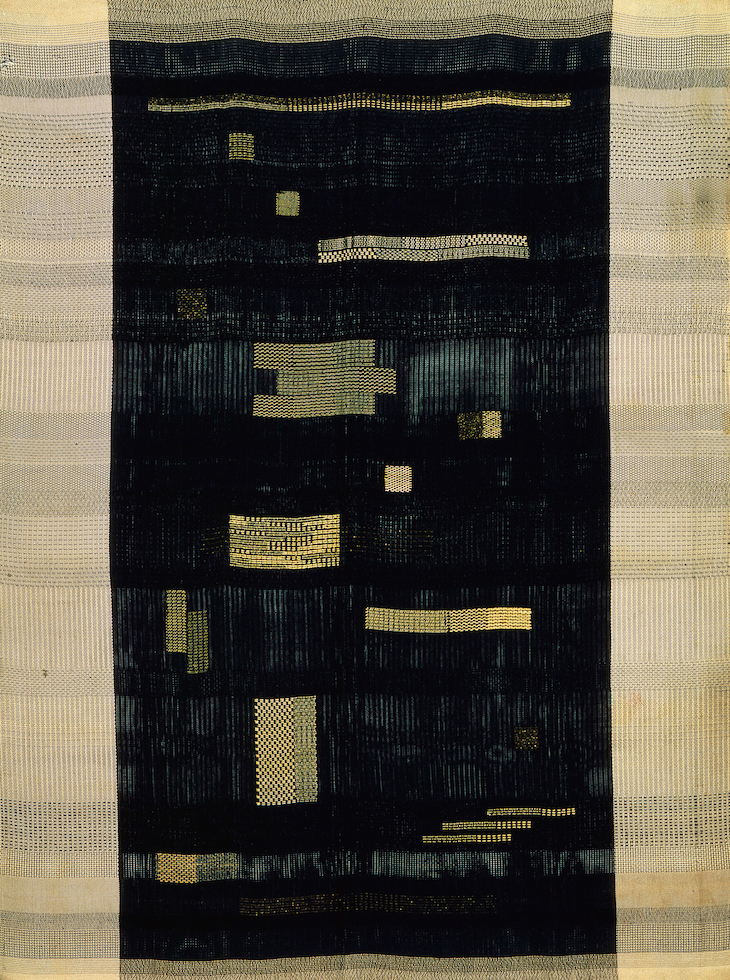
Ancient Writing (1936), Anni Albers. Photo: Princeton University Art Museum/Art Resource NY/Scala, Florence; © 2018 The Josef and Anni Albers Foundation/Artists Rights Society (ARS), New York/DACS, London
Albers’ journey to Mexico in 1936 was a pivotal moment in her development as an artist. Here, she visited the tombs at Monte Albán, where she was struck by the patterns of the ancient inscriptions. This wall hanging, created that same year, is one of the first to which Albers ascribed a title, thereby staking a claim for the craft as an intellectual art form that she termed ‘pictorial weaving’.
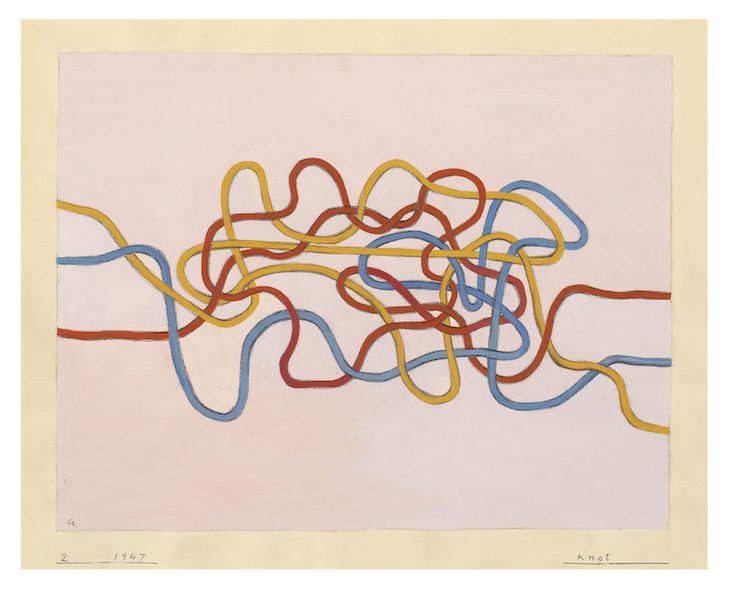
Knot (1947), Anni Albers. Photo: Tim Nighswander/Imaging4Art; © 2017 The Josef and Anni Albers Foundation/Artists Rights Society (ARS), New York/DACS, London
Fleeing Germany after the Nazis gained power, the couple moved to America in 1933, where they took up teaching positions at the newly formed Black Mountain College. As Anni Albers continued to refine her ‘pictorial weavings’, she developed a deeper understanding of her craft that would lead her to write two seminal books on the discipline. Looking at this gouache drawing of a knot, it is possible to imagine its application to the interlacing of threads.
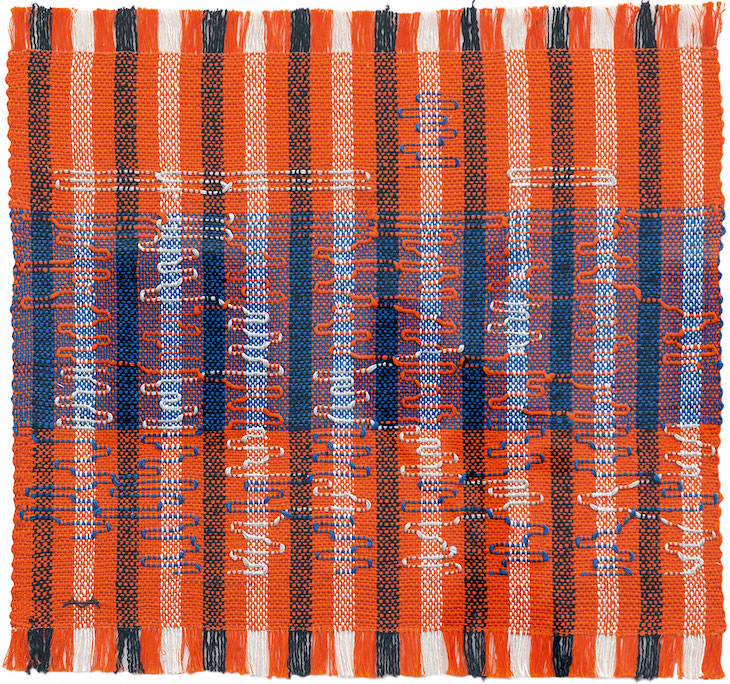
Intersecting (1962), Anni Albers. © 2018 The Josef and Anni Albers Foundation/Artists Rights Society (ARS), New York/DACS, London
In the 1950s, Albers made several trips to Peru, where she collected a number of textile fragments. The exhibition includes examples from this collection, which show how closely Albers examined them, unpicking them on occasion to ascertain the structure of the fabric. Peruvian influences in her own work are clear; this wall hanging is inspired by Andean step patterns.



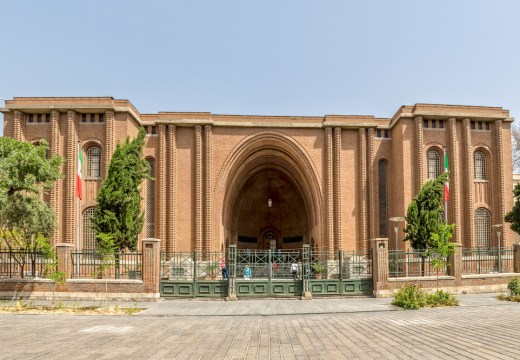

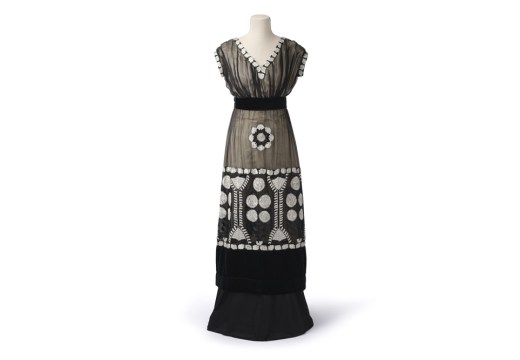
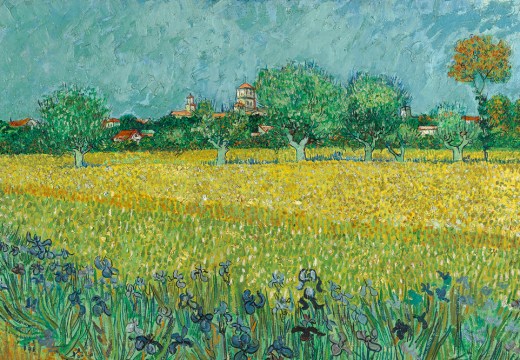
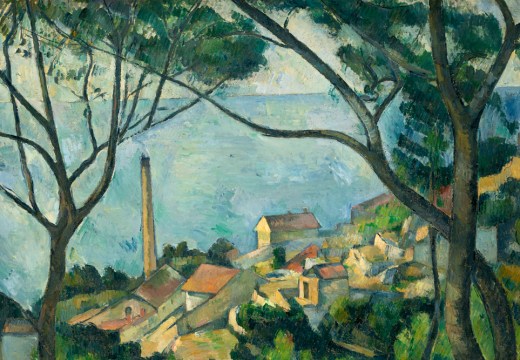
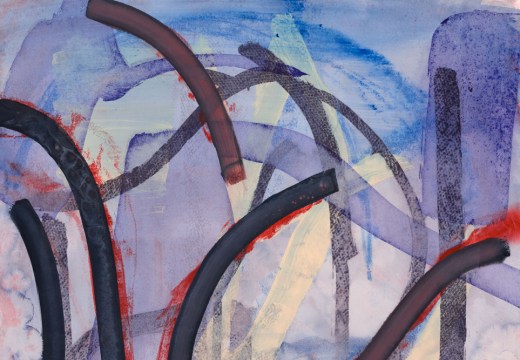
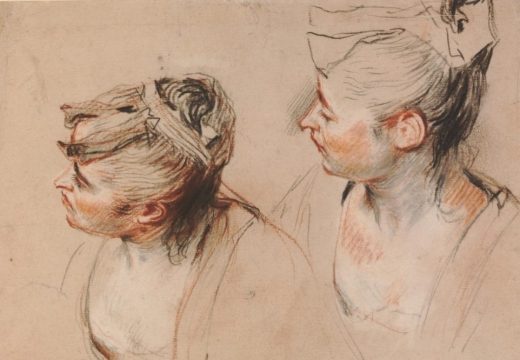
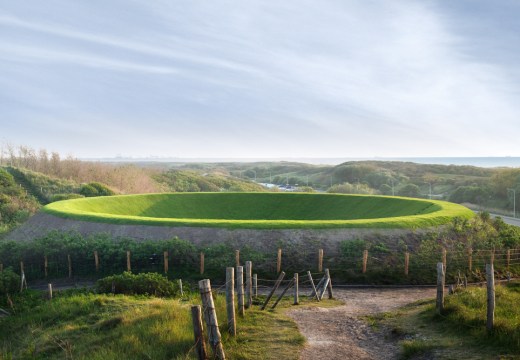
![Masterpiece [Re]discovery 2022. Photo: Ben Fisher Photography, courtesy of Masterpiece London](https://apollo-magazine.com/wp-content/uploads/2022/07/MPL2022_4263.jpg)
Sitting pretty: the world’s best museum benches